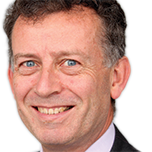Will Putin invade Europe? Why investors know Russia is a paper tiger
Markets are right to ignore talk of Putin invading Europe, says Max King.
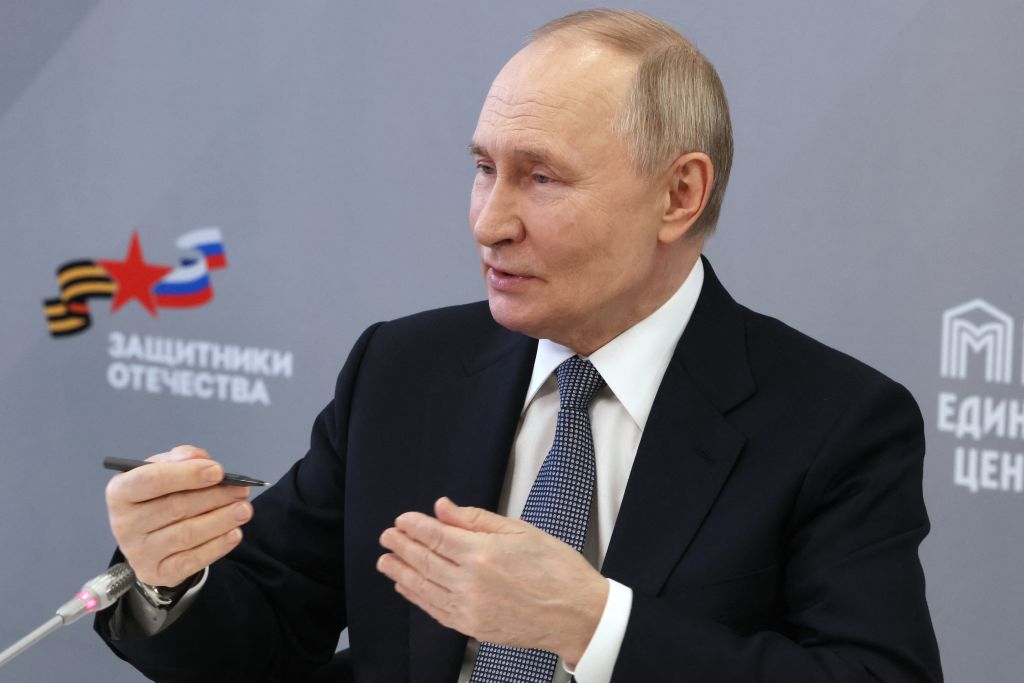
War fever appears to have gripped Britain’s media. Never able to resist an opportunity to catastrophise, pundits are now predicting at best a return to the Cold War, at worst a full-scale invasion of Europe by Russia as it seeks to recreate the geopolitics of the old Soviet Union.
This follows America’s U-turn over its previous support for Ukraine and the long-threatened withdrawal of its defensive shield for Europe. Europe now realises America means it and is therefore in a rush to rearm lest a victory in Ukraine is followed by an onslaught against Eastern Europe. Why, the media wonders, are financial markets ignoring this, with UK and European stock market indices regularly hitting new highs?
The reason is that the collective wisdom of markets is far greater than that of the armchair generals paid to prey on everyone’s worst fears. Russia is a paper tiger and while it is indisputable that Europe needs to beef up its defences, this does not mean that it has to prepare for an inevitable war. It is because Russia is a paper tiger that America can withdraw its forces; Europe is eminently capable of defending itself.
MoneyWeek
Subscribe to MoneyWeek today and get your first six magazine issues absolutely FREE

Sign up to Money Morning
Don't miss the latest investment and personal finances news, market analysis, plus money-saving tips with our free twice-daily newsletter
Don't miss the latest investment and personal finances news, market analysis, plus money-saving tips with our free twice-daily newsletter
Russia's deeply unpopular campaign
Russia has the largest population in Europe, comprising 145 million people, but this total is far below the 250 million of the former Soviet Union, to which could be added the 150 million in Eastern Europe that have now switched sides.
A million Russians of fighting age have left the country and it’s a safe bet that those who remain are unenthusiastic about joining up, especially as another million have been killed or wounded in the Ukraine. Russia has been able to pull in troops from North Korea and some volunteers from Central Asia, but these people are likely to be even less enthusiastic.
The population of Europe, excluding Russia, exceeds 550 million and is far more prosperous. Russian GDP per capita of $14,000 is less than a third of the UK’s and about a quarter of Germany’s.
In fact, few European countries are poorer than Russia – Serbia, Albania, and North Macedonia are among them. The Russian economy is struggling to sustain its invasion of Ukraine and is in no position to take on Europe in terms of technology, industry and finance.
Russia has a border with Estonia and Latvia, but not with Poland or Lithuania, other than from its enclave of Kaliningrad, formerly part of East Prussia. It could not amass an invasion force there without its intentions becoming blindingly obvious.
Belarus, between Russia and Poland, is allied to Russia, but has not joined in the war on Ukraine nor allowed its territory to be used by the Russians. With a population of just over nine million and a GDP per capita barely half of Russia’s, Russia could easily swallow it up, thereby giving Europe ample warning of its intentions.
Europe can easily afford to spend a lot more on defence. If this came from the welfare budget rather than from taxes or borrowing, it might even be an economic benefit. Its technology is far superior to Russia’s and technological advantage, rather than manpower, wins wars. But surely Russia’s nuclear weapons are a trump card?
More probably, they pose an empty threat: unreliable, slow and obsolete, easily shot down by defensive systems, unlike the nuclear weapons Britain, France and America have at their disposal. Russia has not dared to use nuclear weapons against Ukraine, which supposedly doesn’t have them. However, Ukraine has missile technology, drone technology and nuclear power, so it should not be difficult for it to build nuclear weapons, if it has not already done so.
The war against Ukraine is very far from over and any assumption that Russia will gain the upper hand is premature. The British army in World War I has been described by some historians as “lions led by donkeys”, but the Russian army has shown itself to be staffed by donkeys led by donkeys.
With a military breakthrough out of sight, the fear is that Russia would use any truce to rearm and refill the ranks of its army for another go. But if Ukraine could put nuclear warheads on its long-range missiles, that could be even more disastrous for Russia than its current invasion.
The share price of JPMorgan’s EMEA Securities Trust, formerly JPMorgan Russian Securities, trades at five times its net asset value (NAV), having nearly trebled in the last six months. Its Russian investments were written down to zero three years ago, but investors clearly believe that value will return. What do they think they know? Probably more than the armchair pundits.
This is not like the summer of 1914 with markets oblivious until the last moment of the growing threat of world war. Markets face many threats, but a Russian invasion of Europe is not one of them.
This article was first published in MoneyWeek's magazine. Enjoy exclusive early access to news, opinion and analysis from our team of financial experts with a MoneyWeek subscription.
Get the latest financial news, insights and expert analysis from our award-winning MoneyWeek team, to help you understand what really matters when it comes to your finances.
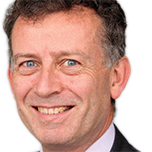
Max has an Economics degree from the University of Cambridge and is a chartered accountant. He worked at Investec Asset Management for 12 years, managing multi-asset funds investing in internally and externally managed funds, including investment trusts. This included a fund of investment trusts which grew to £120m+. Max has managed ten investment trusts (winning many awards) and sat on the boards of three trusts – two directorships are still active.
After 39 years in financial services, including 30 as a professional fund manager, Max took semi-retirement in 2017. Max has been a MoneyWeek columnist since 2016 writing about investment funds and more generally on markets online, plus occasional opinion pieces. He also writes for the Investment Trust Handbook each year and has contributed to The Daily Telegraph and other publications. See here for details of current investments held by Max.
-
 How to tap into AI energy stocks
How to tap into AI energy stocksOne certainty about generative AI is that it is hugely energy-intensive. Companies providing that power look set to capture the benefits.
-
 Will HMRC block money market funds from the stocks and shares ISA allowance?
Will HMRC block money market funds from the stocks and shares ISA allowance?Cautious investors looking for cash-like returns could be prohibited from using money market funds in a stocks and shares ISA under new ISA rules from HMRC. What could it mean for you?
-
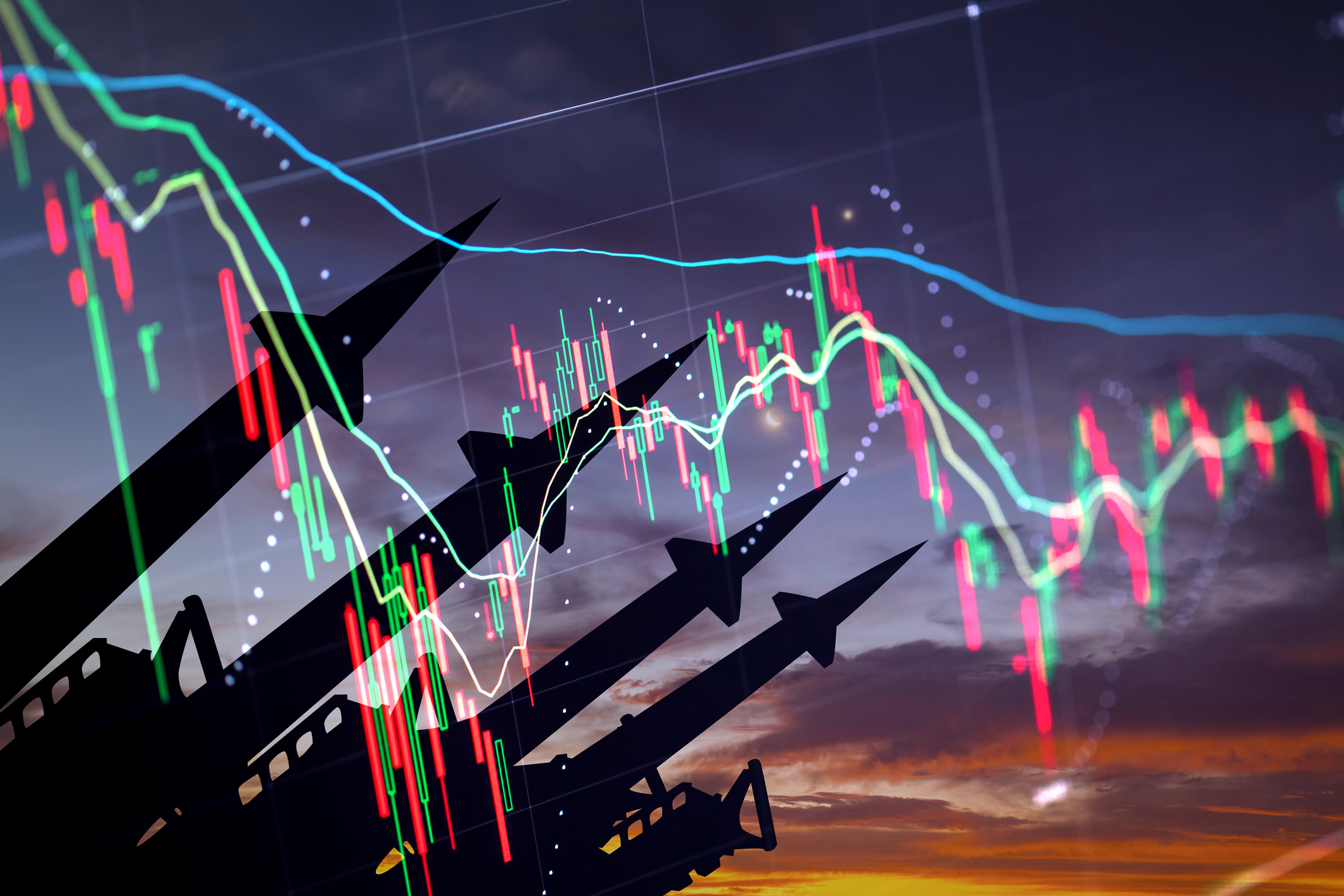 The global defence boom has moved beyond Europe – here’s how to profit
The global defence boom has moved beyond Europe – here’s how to profitOpinion Tom Bailey, head of research for the Future of Defence Indo-Pac ex-China UCITS ETF, picks three defence stocks where he'd put his money
-
 Profit from a return to the office with Workspace
Profit from a return to the office with WorkspaceWorkspace is an unloved play on the real estate investment trust sector as demand for flexible office space rises
-
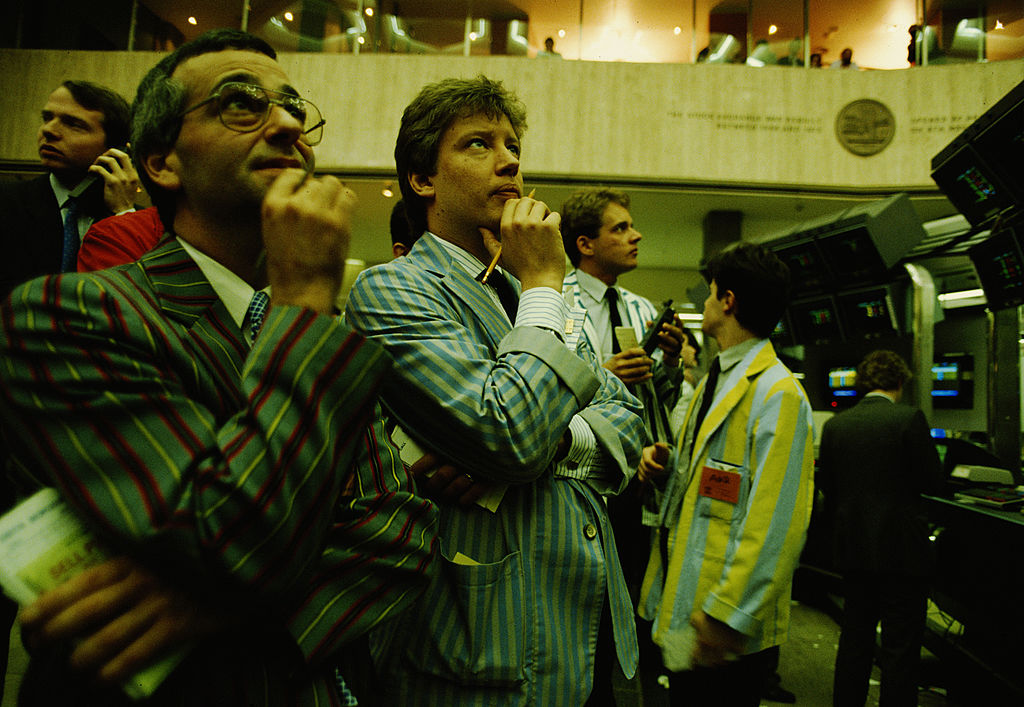 An “existential crisis” for investment trusts? We’ve heard it all before in the 70s
An “existential crisis” for investment trusts? We’ve heard it all before in the 70sOpinion Those fearing for the future of investment trusts should remember what happened 50 years ago, says Max King
-
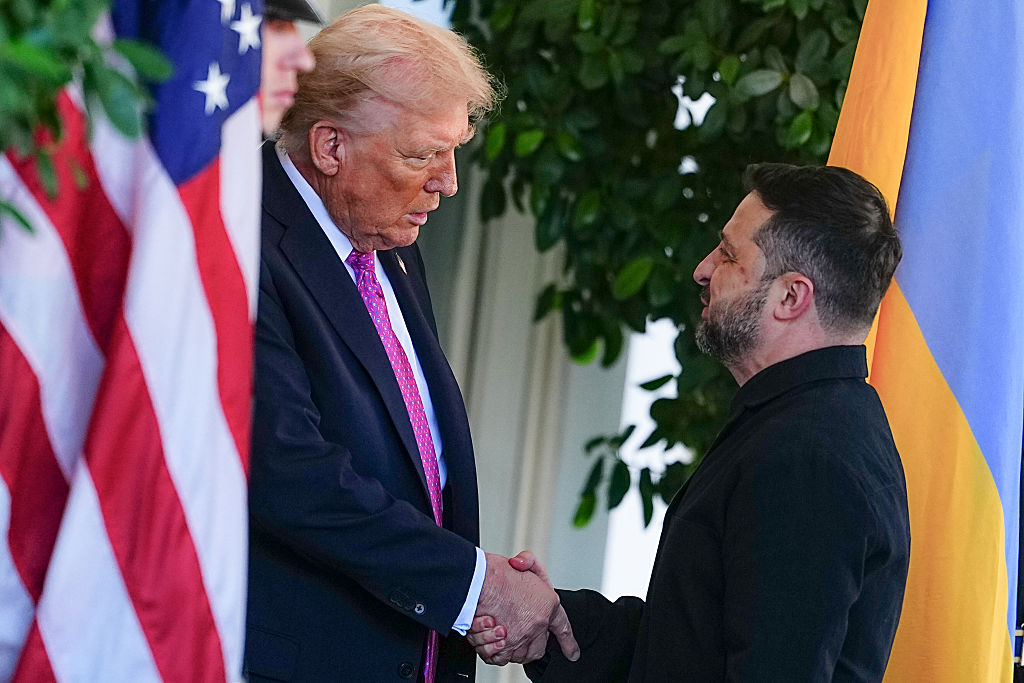 No peace dividend in Trump's Ukraine plan
No peace dividend in Trump's Ukraine planOpinion An end to fighting in Ukraine will hurt defence shares in the short term, but the boom is likely to continue given US isolationism, says Matthew Lynn
-
 Will the internet break – and can we protect it?
Will the internet break – and can we protect it?The internet is a delicate global physical and digital network that can easily be paralysed. Why is that, and what can be done to bolster its defences?
-
 Why UK stocks are set to boom
Why UK stocks are set to boomOpinion Despite Labour, there is scope for UK stocks to make more gains in the years ahead, says Max King
-
 Chen Zhi: the kingpin of a global conspiracy
Chen Zhi: the kingpin of a global conspiracyChen Zhi appeared to be a business prodigy investing in everything from real estate to airlines. Prosecutors allege he is the head of something more sinister
-
 Canada will be a winner in this new era of deglobalisation and populism
Canada will be a winner in this new era of deglobalisation and populismGreg Eckel, portfolio manager at Canadian General Investments, selects three Canadian stocks
